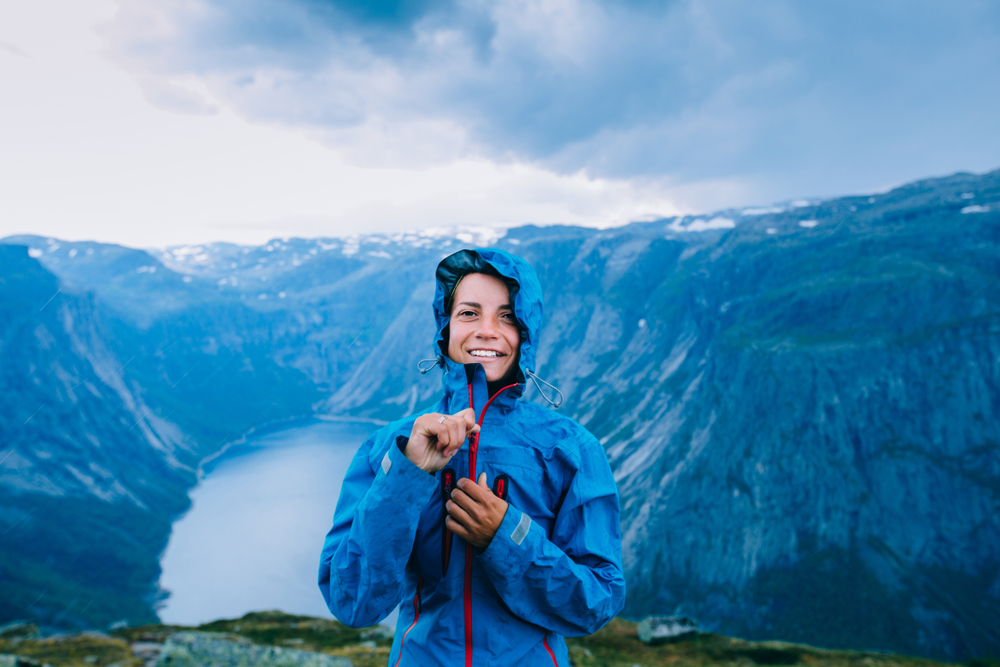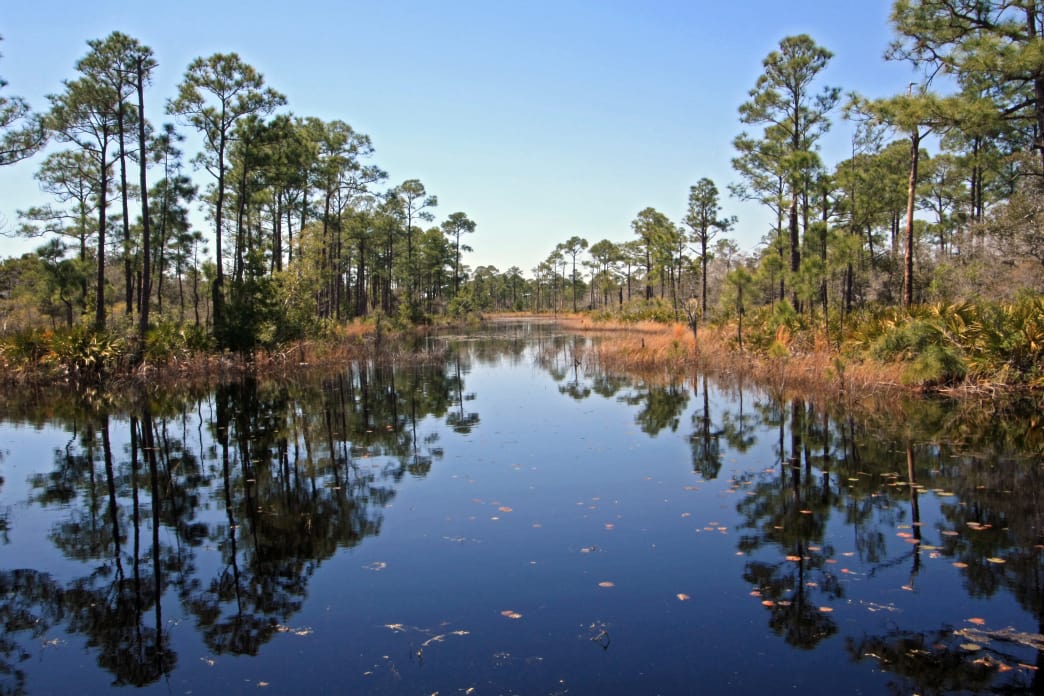The 12 Best Spring Hikes in Birmingham
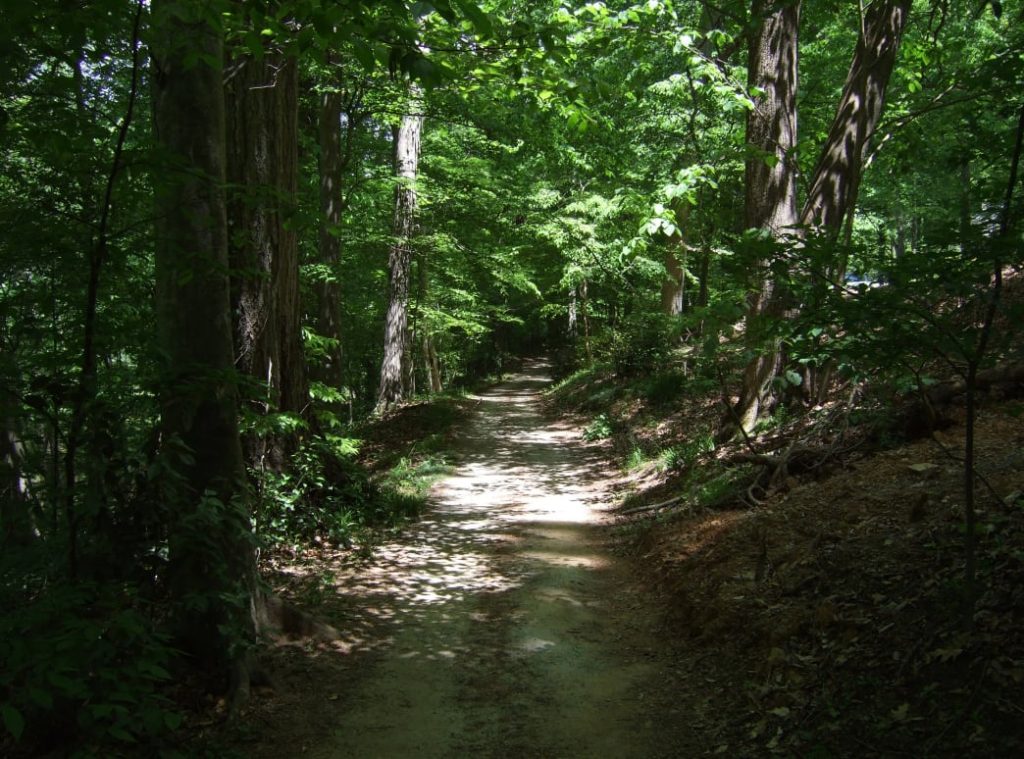
Springtime in Alabama is about as good as it gets. And it’s a prime season for hiking. Birmingham has a wealth of destinations to stretch your legs and fill your lungs with fresh air in the woods.
Difficulty ranges from easy trails that are suitable for the whole family, to more secluded trails that are geared towards more experienced hikers. Whatever category you fall into, it’s time to put away the winter coat, kick a little dirt on your boots, and witness Birmingham in bloom. Here are some of our favorite hikes within a 60 mile radius of Birmingham’s city center that are perfect for tackling in the spring.
1. Ruffner Mountain Nature Preserve | 8.4 Miles from Downtown

Ruffner Mountain is a breather from city life, without driving a long distance for the destination. These trails are built for walking, hiking, or running. Take advantage of the learning center, grab a map, and enjoy the incredible mountainous views. At Hawk’s View Overlook, you can gaze over Birmingham’s skyline spearing into the horizon. The trails are well-maintained, so bring the kids and/or dogs on the Geology Trail and Nature Trail (.62 miles round trip). The Quarry Trail (3.1 miles round trip) is suitable for families with older children or for time in much-needed solitude. If you’re looking for a something a little longer, take the Loop Hike which incorporates several trails and includes hidden treasures such as old mine ruins along the way.
Please note, effective March 15th, 2021, there’s a small parking fee of $5 for all non-members. Members will receive a member parking permit when they register. You can learn more about their membership options here.
2. Oak Mountain State Park | 22 Miles from Downtown

If you live in the Birmingham area, Oak Mountain seems like an obvious choice for hiking. Only minutes outside the city’s limits, it is the largest state park in Alabama. It is a favorite because of its unique beauty and variety of hiking options. More than 50 miles of trails give you plenty to choose from, all of which are full of character and natural allure. The Red Trail is the longest, popular with bikers, and crosses a total of 24 bridges along the way. Be sure to check out the many scenic overlooks. Waterfalls (namely, Peavine Falls) and rock formations make Oak Mountain State Park trails a unique experience that will invite you to return again and again.
3. Falling Rock Falls | 39 Miles from Downtown
For a more organic, rougher trail, take a hike to Falling Rock Falls. This is a gated path that prevents vehicles in the area, so parking isn’t the best. But the gem at the end of the trail is worth any inconveniences. Falling Rock Falls is a sparkling 90-foot waterfall with a small cavern behind the cascade. Exploration of the falls may be treacherous, so take caution of slippery rocks and the height. Time the trip for when the dogwoods are in bloom, and inhale the perfume of wisteria peppered throughout the hike. Shaded and hidden away by mature trees, this is truly a diamond in the rough.
4. Tannehill Loop | 29 Miles from Downtown
Residents of Birmingham are very familiar with local Tannehill State Park. Restored pioneer cabins, furnaces, a cotton gin, and a working gristmill are popular attractions to this park, but the trails are equally awe-inspiring. They are wide and easy to navigate, parts of which follow the route of ore miners and furnace workers. Choose between Slave Quarters Trail, Furnace Trail, Iron Haul Road (which will take you past the Slave Cemetery), Grist Mill Trail, and the Tram Track which is newly restored. Or if you’re feeling ambitious, enjoy them all for a 5.1-mile round trip.
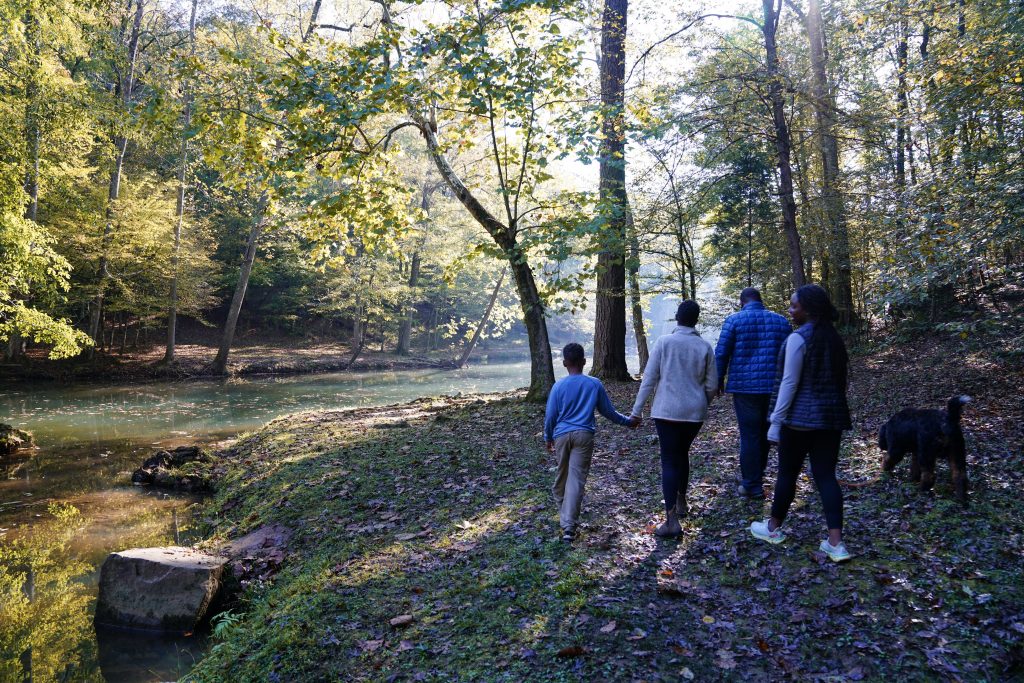
5. Veterans Park | 12 Miles from Downtown
Veterans Park, formerly known as Spain Park, is a 260-acre park that welcomes many activities for the whole family. But hiking stands out as a favorite past time through these shaded woods. The main loop circles the park and offers varying terrain over rocks, roots, wetlands and lake area. Take a detour down a branch trail and enjoy the peaceful quiet off the beaten path. Bring the kids and pack a lunch. This park entices visitors to stay long enough for a minimum of 1.3-mile round trip hike and a picnic.
6. Buck Creek Trail | 22 Miles from Downtown
For an easy and scenic hike, Buck Trail is a choice you won’t regret. It is about a 3 mile path—wide and smooth—that connects Buck Creek Park and Warrior Park. There are three different trailheads that a hiker can choose from for entry, one of which is an old mill site called Buck Creek Mill. The main trail is smooth enough for strollers, and pets are welcome. You’ll cross five bridges along the way across picturesque Buck Creek, and don’t forget to look for the waterfall behind the mill site.
7. Moss Rock Preserve | 14 Miles from Downtown
This 349-acre nature reserve is a gorgeous choice for hiking year-round. With nearly 12 miles of pristine hiking trails maintained mostly by volunteers, Moss Rock Preserve is a hidden paradise for the city weary. It is a fairly easy hike with about 1.2 miles best described as moderate. Rock outcroppings, wildlife, waterfalls, boulders, and streams are lovely features along with four rare species of plants.
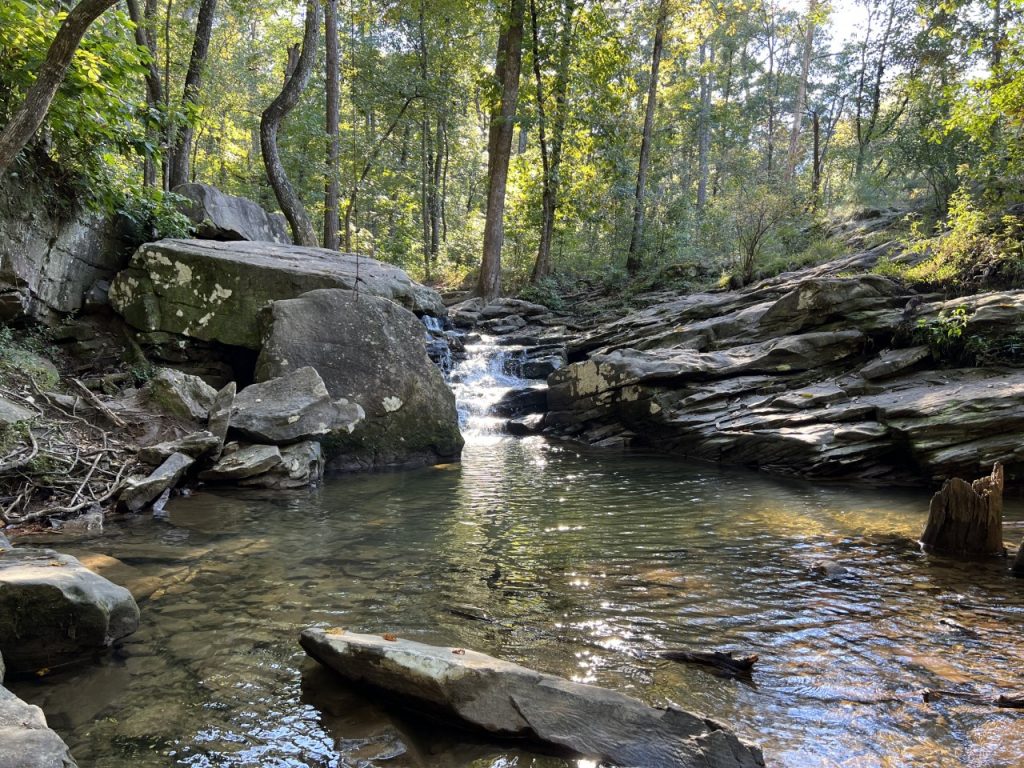
8. Red Mountain Park | 10 Miles from Downtown
Red Mountain is a well-known area for Birmingham residents. This park is 1,500 acres with 12 miles of fun trails, and if you’re looking for a diverse experience, check out the historic mines, Red Ore Zip Line, a tree house called the Kaul Adventure Tower, and an off-leash dog park.
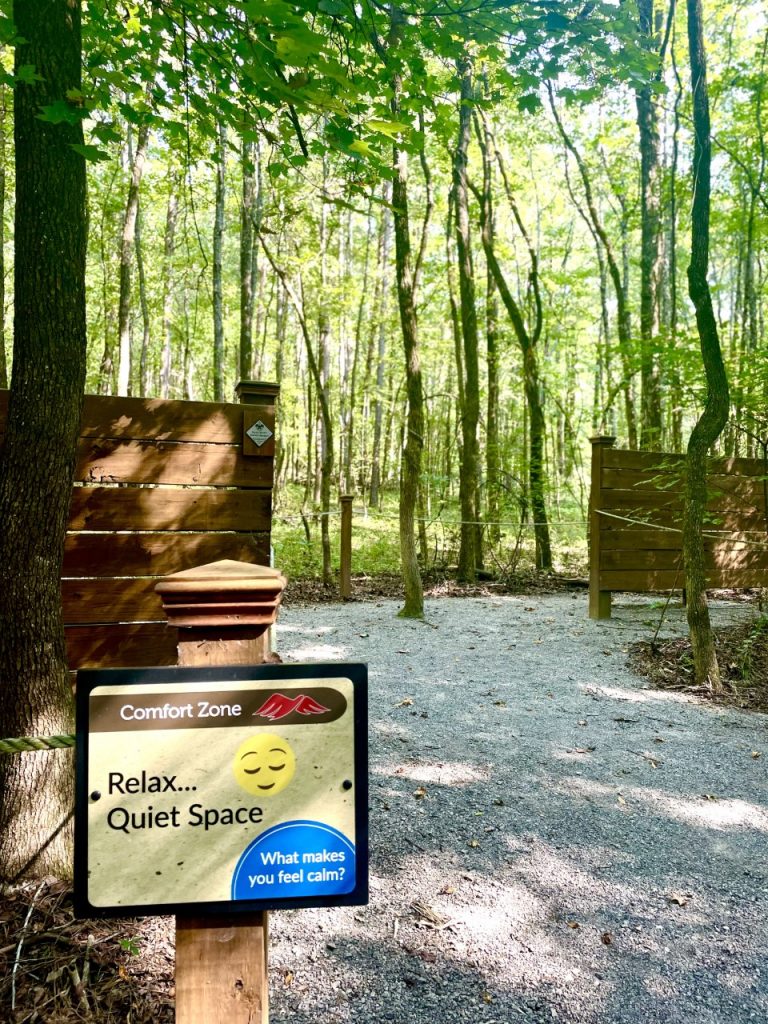
9. Turkey Creek Nature Preserve | 15 Miles from Downtown
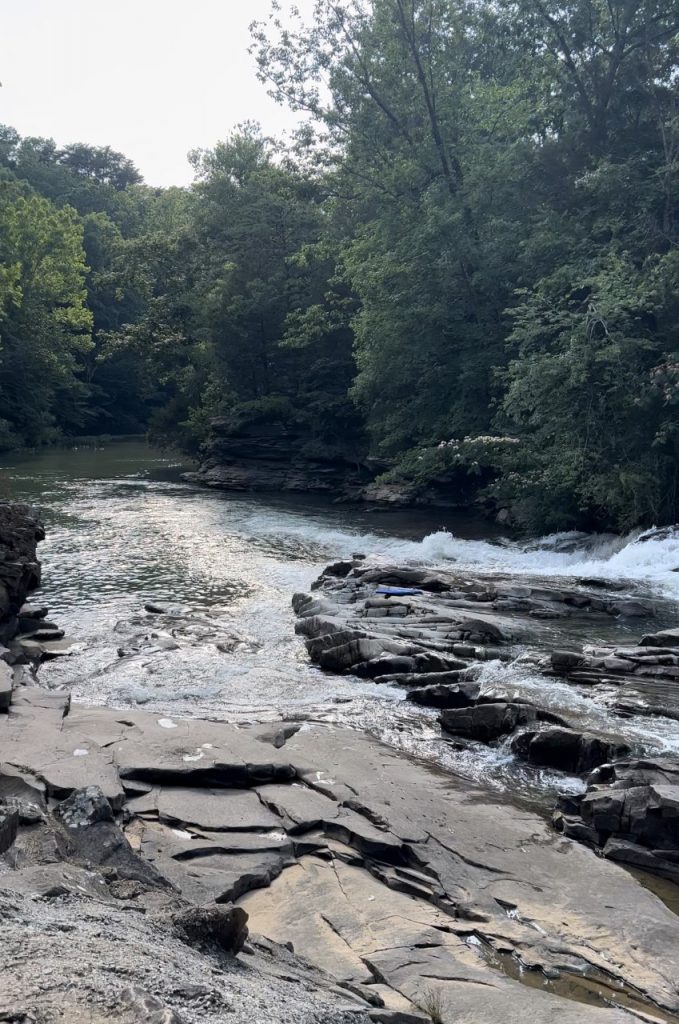
The breathtaking Turkey Creek Nature Preserve is a place that hikers are not likely to forget. There are currently four trails with the potential of more in years to come. Follow the ridgeline above the creek, tour the varied terrain, and enjoy hours of natural beauty with easy to moderate trails, totaling about 3 miles. And during the warmer spring days, be sure to take a dip in one of Alabama’s best swimming holes.
10. Black Creek Trail | 6 Miles from Downtown
Black Creek Park has a unique and enjoyable trail that used to be an old rail bed. The ties and rails were pulled up to create a 3.5 mile trail appropriate for running, walking, and hiking. The trail runs along Black Creek and is complete with mile markers to help you track your distance. Pets are welcome and will find this track easy to navigate.
11. Hillsboro Trail in Helena | 27 Miles from Downtown
The Hillsboro Trail is another rail trail that offers roughly 2 miles of easy hiking for a quick afternoon outing. Part of the trail is wide and paved for those looking for smooth terrain. Most of the trail runs through a forest that used to be home to operating coal mines.
12. Jemison Park Nature Trail | 5.1 Miles from Downtown
The Jemison Trail is a 3 mile out-and-back that is great for satisfying the hiking itch year-round. Part of the trail is paved, and part is crushed gravel. What it lacks in seclusion, it does not lack in beauty. Walk or run beneath a canopy of trees that keep the path shaded and cool in the spring—the perfect place for a quick breather when city claustrophobia creeps in.
Ready to be outdoors this Spring? We have the Spring outdoor gear you need to get you back on the trails! We want everyone to enjoy the outdoors, and we work to build loyalty one connection at a time. Visit one of our stores or take advantage of our shipping or curbside pickup! #BeOutdoors
Written by Natalie Cone for RootsRated and legally licensed through the Matcha publisher network. Please direct all licensing questions to legal@getmatcha.com.
Featured image provided by Ralph Daily


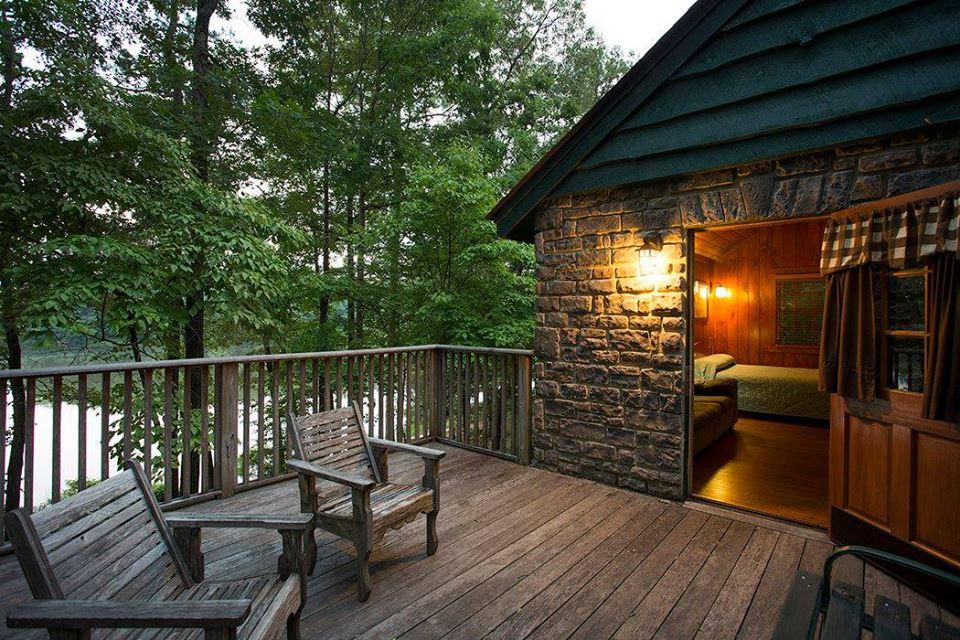
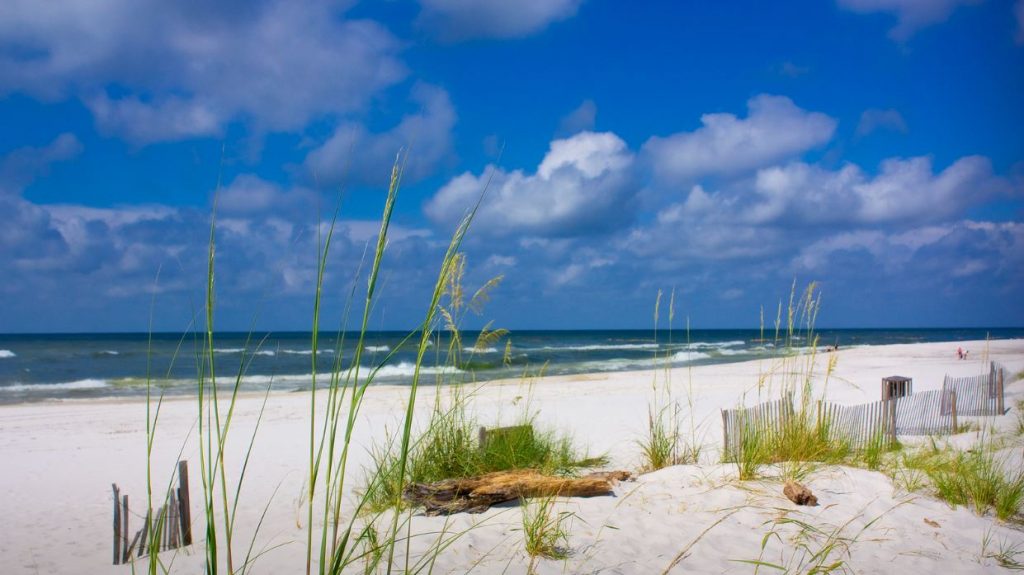
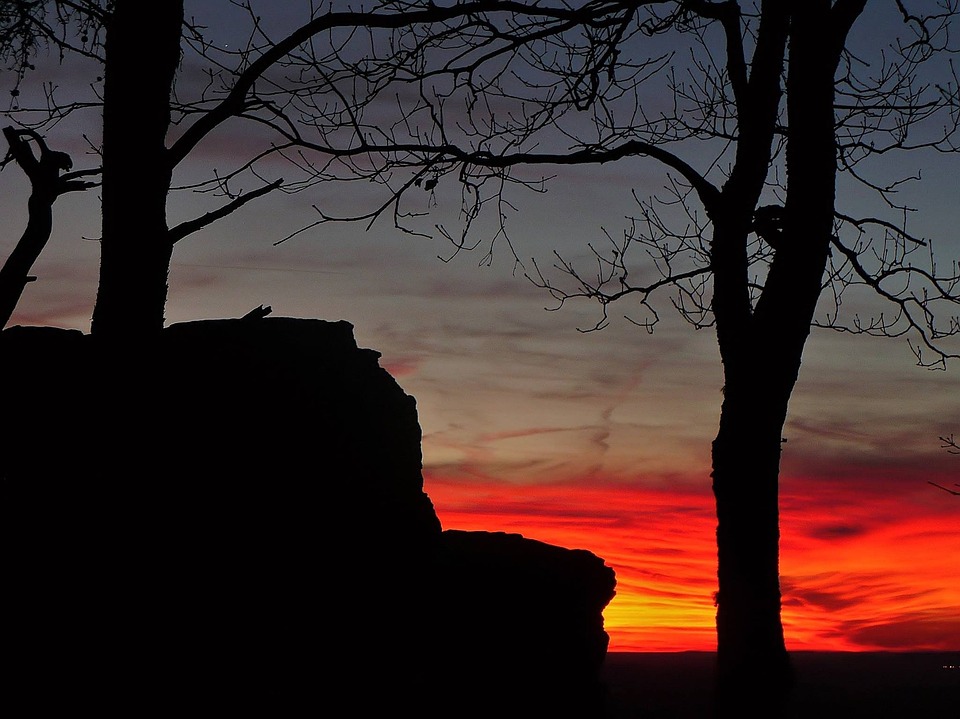
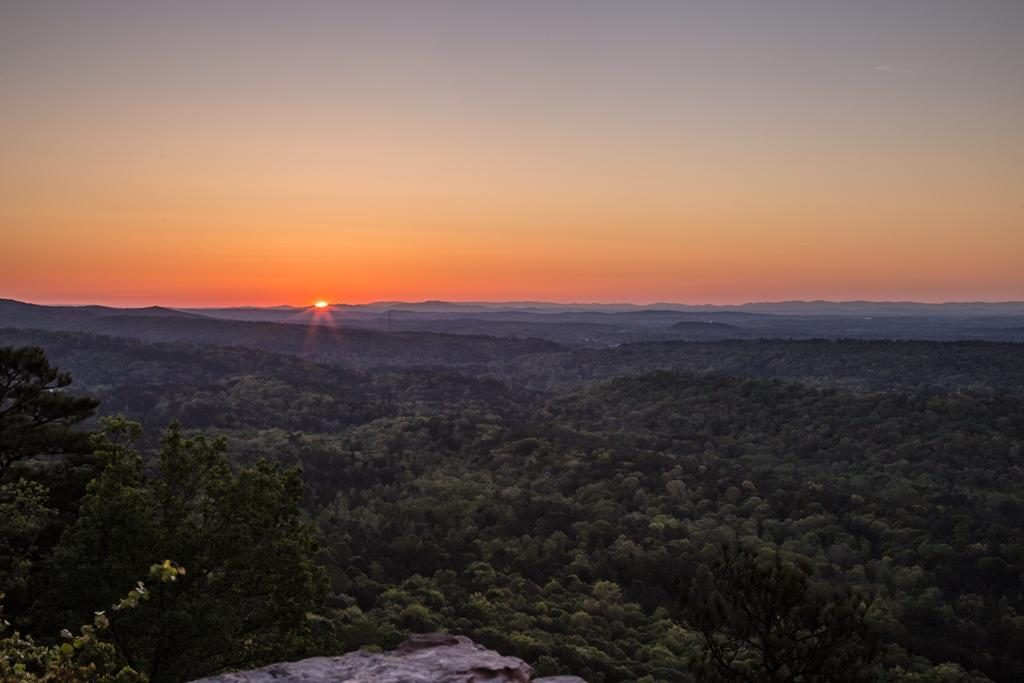
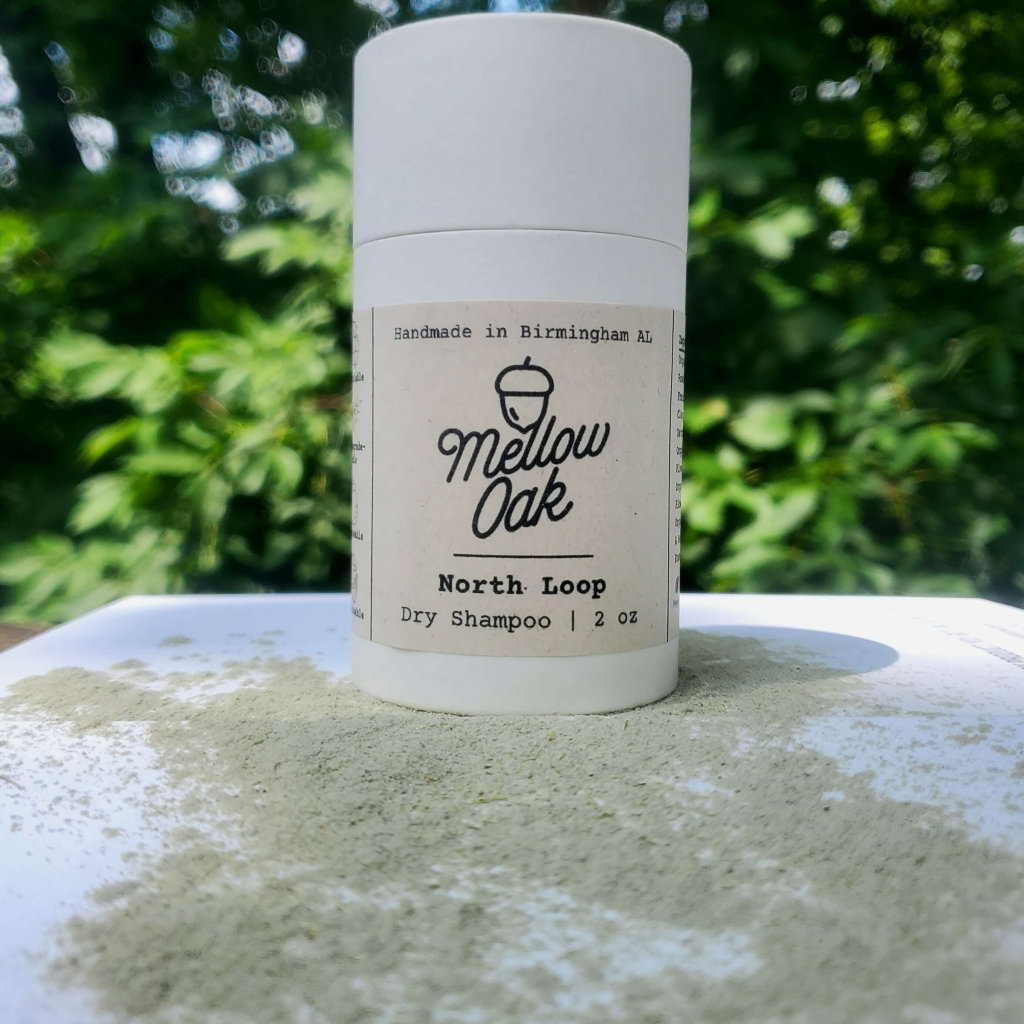
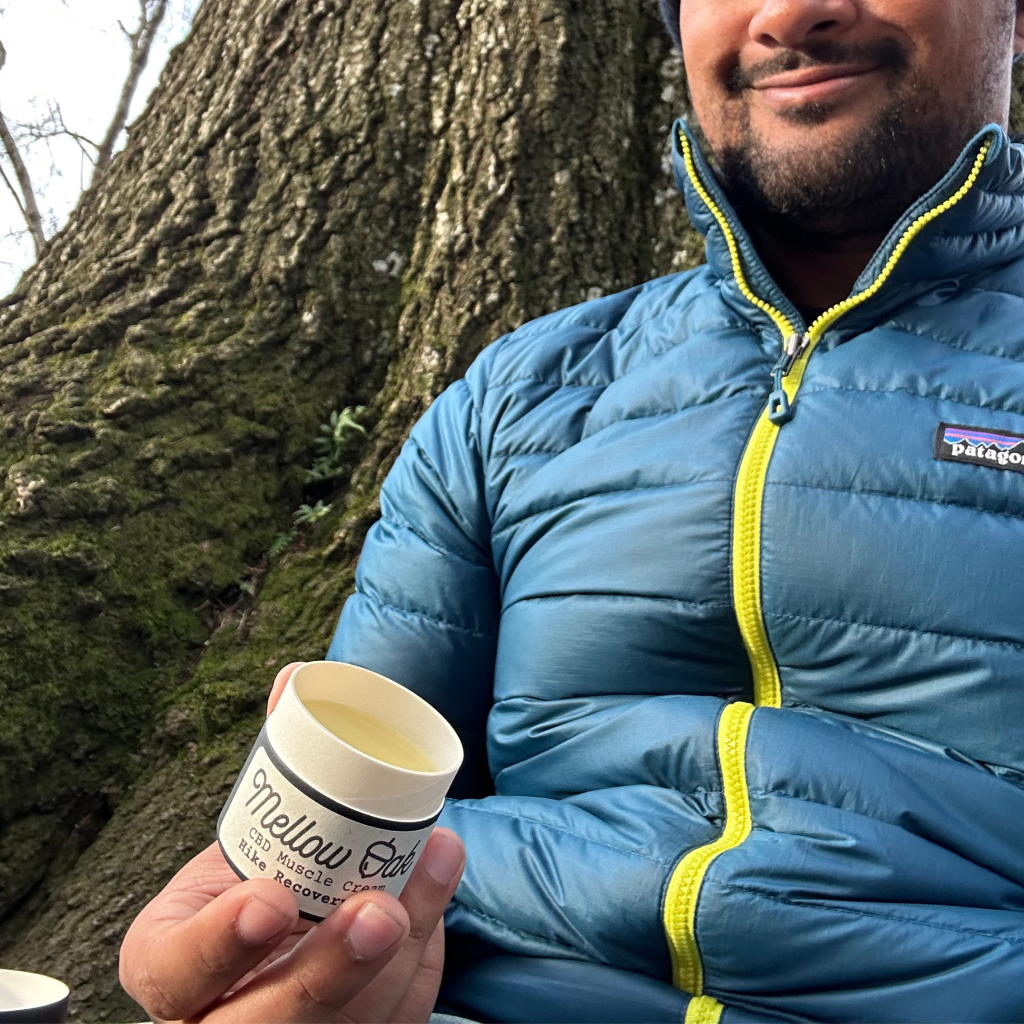

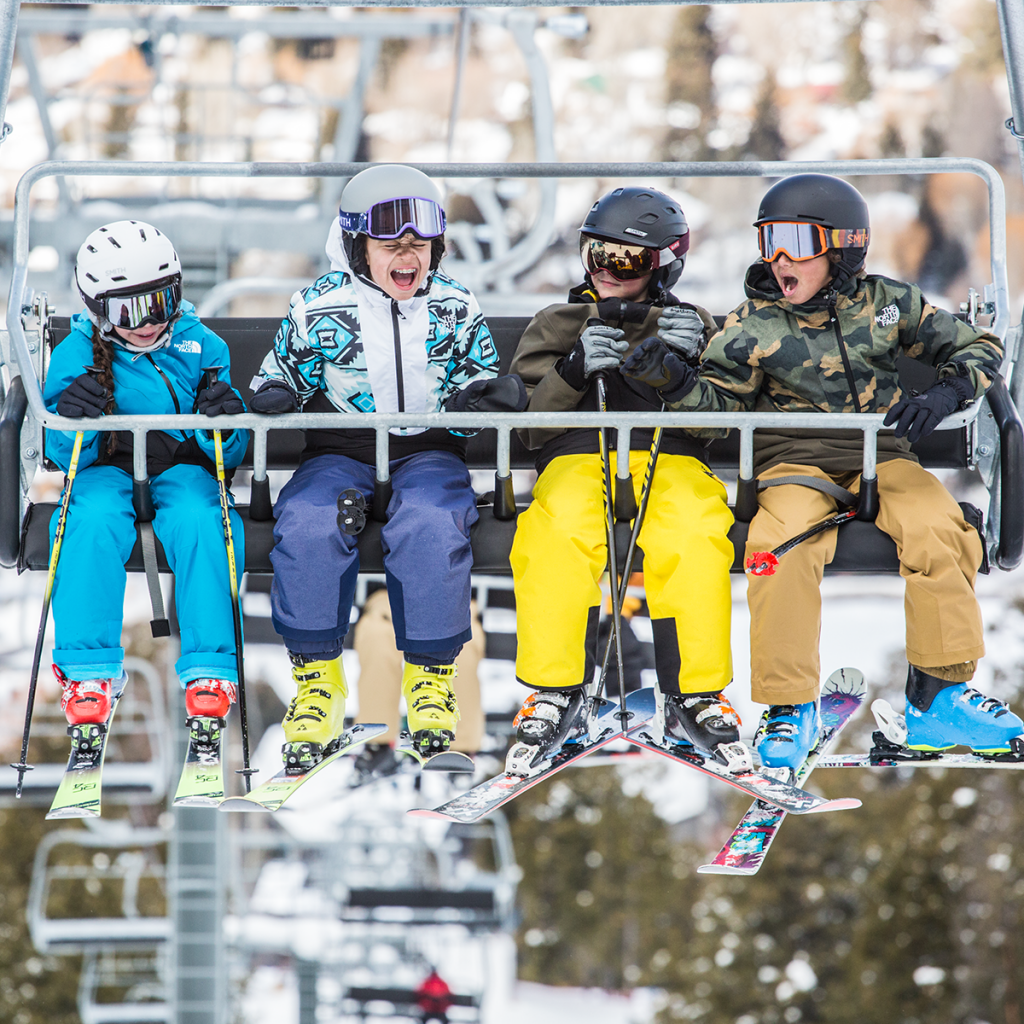
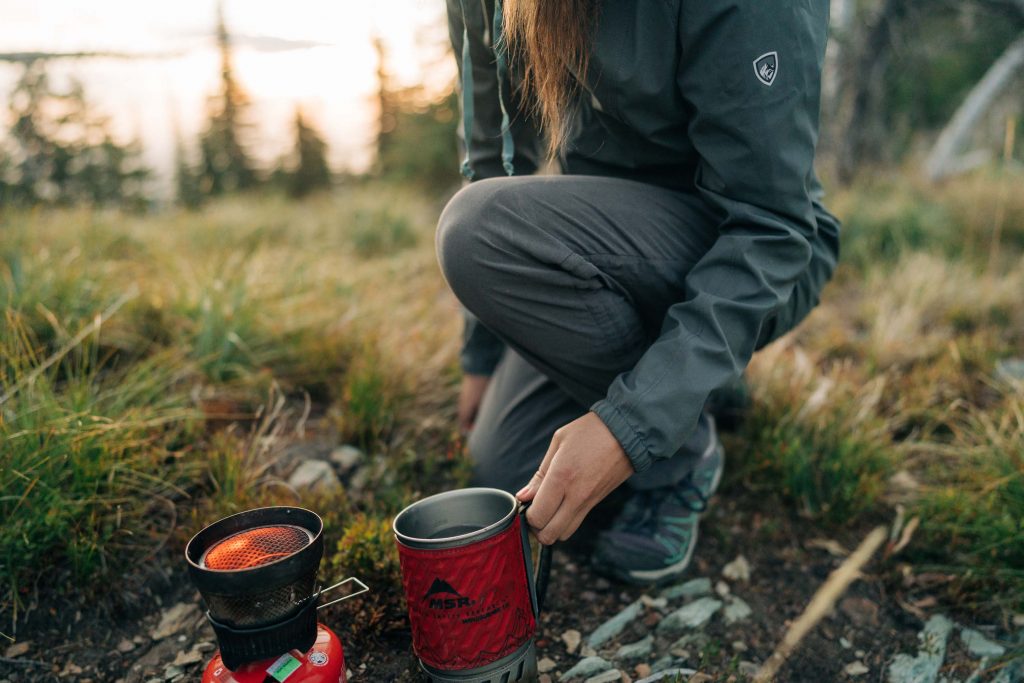 Please note: due to local and state guidelines surrounding the Covid-19 pandemic, some information below may not be accurate. Before you travel and plan your next adventure, make sure to check each business/park/campsite for any closures or guidelines and for the most up to date information. Enjoy your next winter hike in Alabama this season!
Please note: due to local and state guidelines surrounding the Covid-19 pandemic, some information below may not be accurate. Before you travel and plan your next adventure, make sure to check each business/park/campsite for any closures or guidelines and for the most up to date information. Enjoy your next winter hike in Alabama this season!


